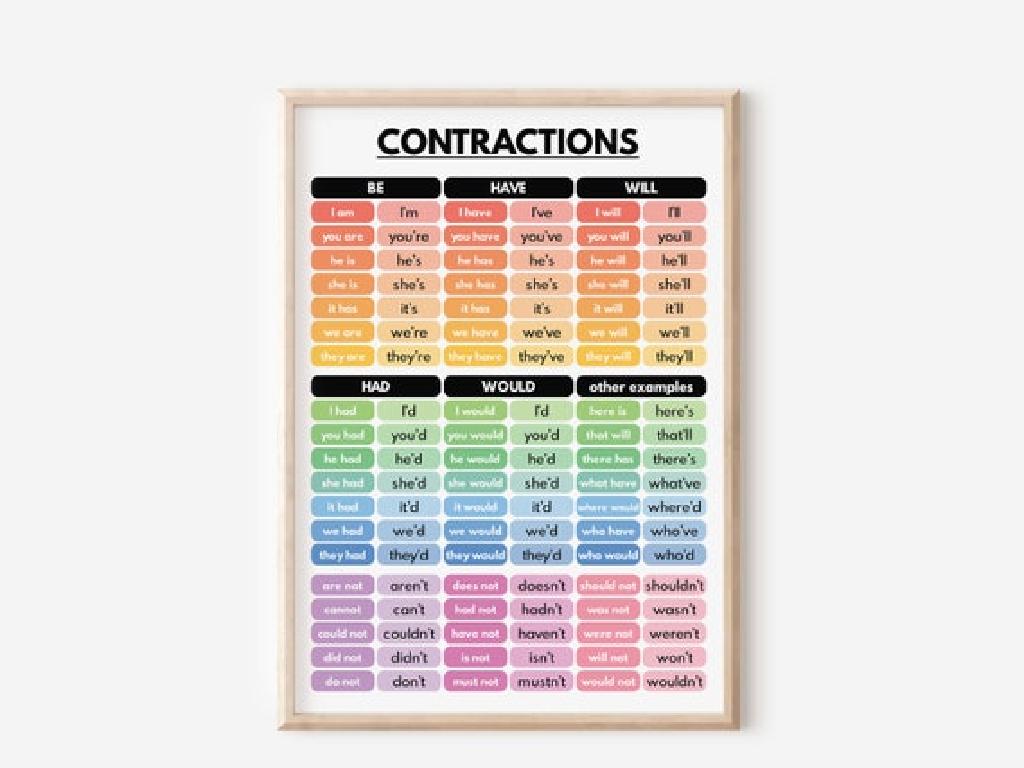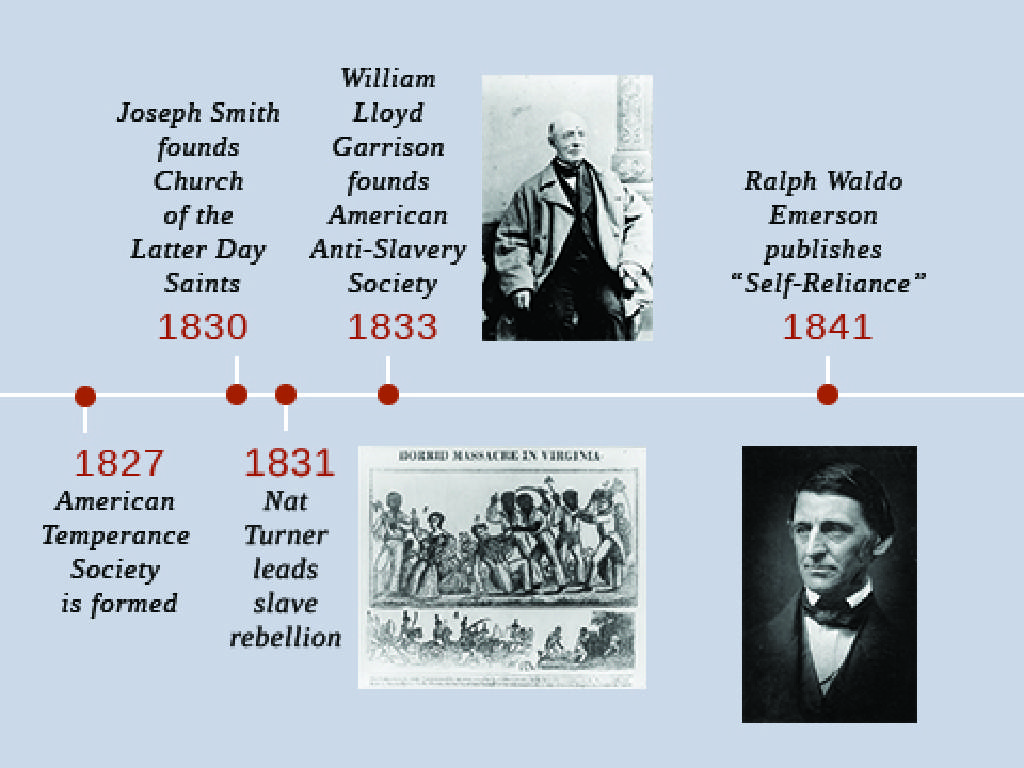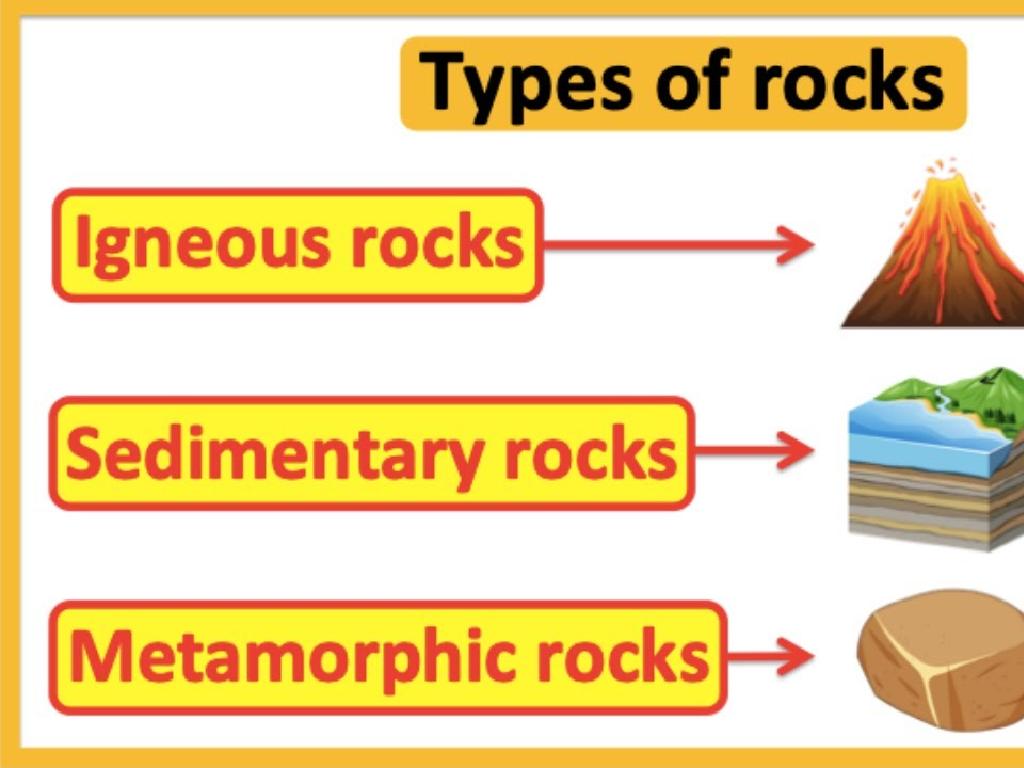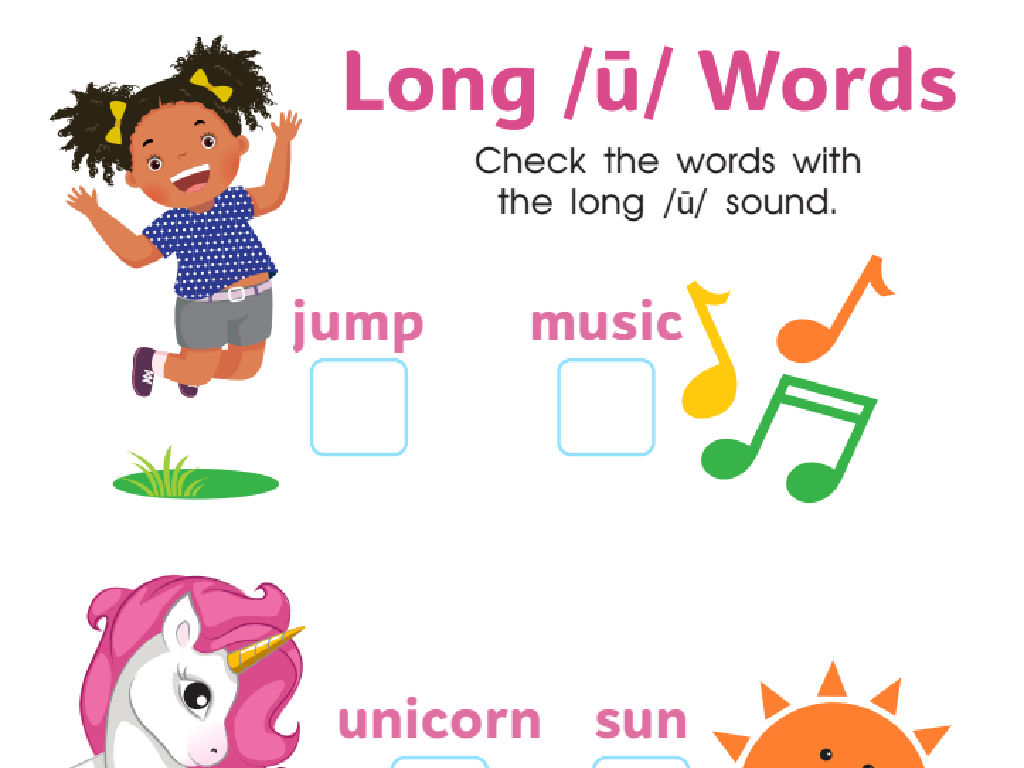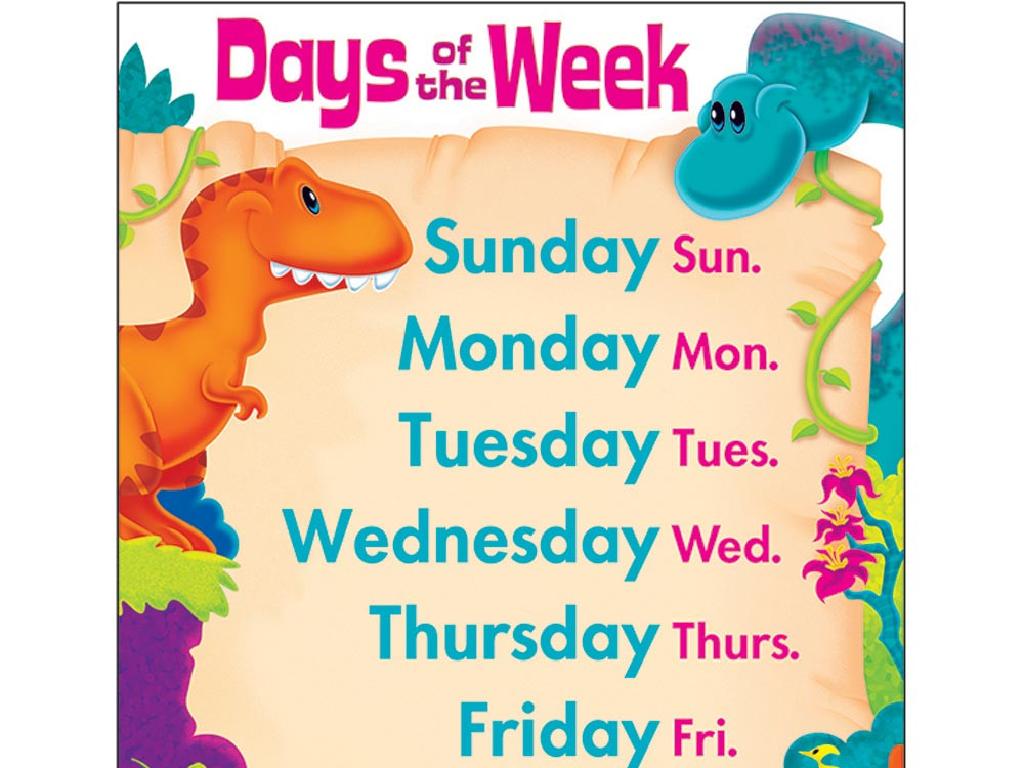Identify Story Elements
Subject: Language arts
Grade: Fourth grade
Topic: Story Elements
Please LOG IN to download the presentation. Access is available to registered users only.
View More Content
Welcome to Story Elements!
– Discover story building blocks
– Why story elements matter
– They help us understand and organize stories
– Becoming better readers and writers
– We can predict and create stories more effectively
– Share a familiar story
|
This slide introduces the concept of story elements to the class, setting the stage for a deeper dive into the components that make up a story. Emphasize the importance of understanding these elements as they are the foundation of all narratives. Explain how this knowledge can improve their reading comprehension and their skills as budding writers. Encourage participation by asking students to think of a story they are familiar with, which will be used as a reference point throughout the lesson. This interactive approach will help engage the students and make the concept of story elements more relatable and easier to grasp.
Exploring Story Elements
– Story elements: a story’s ingredients
– Main elements: Characters, Setting, Plot
– Characters: who, Setting: where & when, Plot: the story’s events
– Conflict and Resolution in stories
– Conflict: the problem, Resolution: the solution
– Let’s dive into each element!
|
This slide introduces the fundamental components that form a story, aimed at helping fourth-grade students understand and identify the different aspects of story elements. Characters are the people or beings in the story, the setting provides the time and place, the plot outlines the main events, conflict is the central challenge or problem faced by the characters, and resolution is how the conflict is solved. Encourage students to think of their favorite stories and identify these elements within them. This will not only make the concept more relatable but also enhance their comprehension and analytical skills when reading or writing stories.
Exploring Characters in Stories
– Characters: Who’s in the story?
– People, animals, or creatures driving the story
– Main vs. Supporting Characters
– Main characters lead the story, while supporting characters help it along
– Characters’ growth and change
– Characters often evolve with the story, learning lessons or facing challenges
– Impact of Characters on plot
|
This slide introduces the concept of characters in a story, which is a fundamental element of storytelling. Explain that characters can be anyone in the story’s world, including people, animals, or even imaginary creatures. Discuss the difference between main characters, who are central to the story, and supporting characters, who help to flesh out the story and assist the main characters. Highlight how characters can experience growth and change, which can be a result of overcoming challenges or learning important lessons throughout the narrative. Use examples from familiar stories to illustrate these points. Encourage students to think about their favorite characters and how they have changed from the beginning to the end of their stories.
Exploring Story Settings
– Understanding ‘setting’ in stories
– ‘Setting’ is the story’s time and place.
– Settings: Real or Imaginary
– A castle in a magical land or your own backyard.
– Timeframe of the story
– Could be long ago, today, or in a time yet to come.
– Setting’s impact on mood
– A dark, stormy night can be scary; a sunny day can be cheerful.
|
This slide introduces the concept of ‘setting’ in a story, which is crucial for students to understand as it lays the foundation for the narrative. The setting can be anywhere, from a place grounded in reality to a fantastical world born from imagination. It’s also tied to a specific time, whether it’s a historical period, the present day, or a futuristic era. The setting is not just a backdrop; it plays a significant role in shaping the story’s mood and can influence the characters’ actions and the plot’s progression. Encourage students to think about their favorite stories and the settings in those tales. Ask them how different settings might change the story’s mood or how characters might behave differently in another setting.
Understanding the Plot of a Story
– Plot: Sequence of events
– It’s like a roadmap of the story, showing where it goes.
– Includes beginning, middle, end
– The story starts, events build up, and then there’s a climax.
– Centers around a problem
– Every good story has a challenge or issue to fix.
– Resolution of the problem
– The end of the story where the problem gets solved.
|
When discussing the plot with students, emphasize that it’s the backbone of any story, guiding readers through the narrative. Start by explaining that the plot is like a journey the characters go on, with a clear beginning where the setting and characters are introduced. The middle of the story is where the main events and challenges occur, leading up to the climax, which is the most exciting part. Finally, the plot concludes with a resolution where the problem is solved, providing closure to the story. Encourage students to think of their favorite books and identify these elements to better understand the concept of the plot.
Understanding Conflict in Stories
– Conflict: A character’s struggle
– The main problem the protagonist encounters
– Internal vs. External Conflict
– Internal: emotional struggles. External: struggles with others or nature
– Conflict adds excitement
– Conflict propels the story
– It’s the engine that moves the plot forward
|
This slide introduces the concept of conflict in literature, which is a central element in storytelling. Conflict is the challenge or problem that the main character, or protagonist, must face and attempt to resolve. It can be internal, involving emotional or mental struggles within the character, such as fear or moral dilemmas. External conflict involves the character facing obstacles from other characters, society, or the environment. Conflict is crucial as it creates tension and interest, keeping the reader engaged. It also serves as the driving force of the plot, leading to character development and the story’s climax. Encourage students to think of their favorite stories and identify the conflicts faced by the characters. Discuss how these conflicts affect the characters’ actions and the story’s outcome.
Understanding Story Resolution
– Resolution as conflict solution
– It’s the end where problems are solved.
– Wraps up the story
– Like the ‘happily ever after’ in fairy tales.
– May teach a lesson or moral
– Sometimes the story teaches us something important.
– Resolutions can vary
– Not all stories end happily, some are sad or realistic.
|
The resolution is a crucial element of storytelling that provides closure to the narrative. It’s where all the loose ends of the plot are tied up, and the outcome of the conflict is revealed. When discussing resolution with students, emphasize that it’s not just about ending the story, but also about leaving the reader with a final impression or message. Encourage students to think about the resolutions in their favorite stories and consider what those endings made them feel or think. Discuss how different types of resolutions (happy, sad, open-ended) can affect the story’s impact. Have students come up with their own story endings to practice crafting resolutions.
Class Activity: Craft Your Story Elements
– Form small groups for story creation
– Choose characters for your story
– Who will be in your story? Are they humans, animals, or maybe even aliens?
– Decide on the setting and plot
– Where and when does your story take place? What happens in the story?
– Discuss the conflict and resolution
– What problems do your characters face? How do they solve them?
|
This activity is designed to help students apply their knowledge of story elements in a practical and creative way. Divide the class into small groups and provide them with guidance on how to brainstorm and select characters, setting, plot, conflict, and resolution for their own stories. Encourage creativity and originality. As they work, circulate around the room to offer support and answer questions. At the end of the class, have each group present their story to the class. This will help students understand the structure of a story and the importance of each element. Possible variations of the activity could include drawing scenes, writing a short paragraph for each element, or even acting out their stories.
Wrapping Up: Story Elements
– Congratulations on your hard work!
– Understanding story elements
– Characters, setting, plot, conflict, and resolution are key.
– Practice with reading and writing
– Think about who, where, what, why, and how as you read.
– Keep exploring stories!
|
Great job leading the class today! The students have learned to identify the various elements that make up a story, which is crucial for their reading comprehension and creative writing skills. Encourage them to continue practicing by considering the characters, setting, plot, conflict, and resolution in every story they read or write. This will not only reinforce today’s lesson but also enhance their ability to enjoy and create literature. Remember to praise their efforts and progress to keep them motivated.

